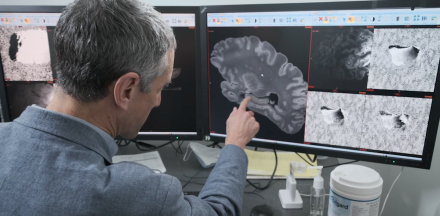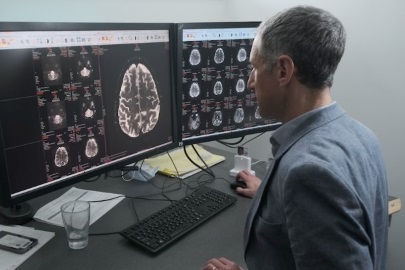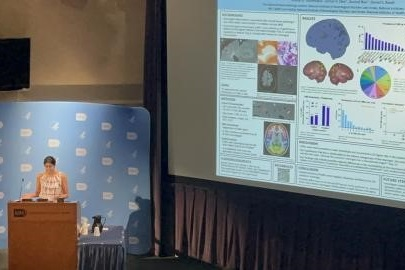
Multiple sclerosis under the "MRI-croscope"
The major goal of our research is to understand how multiple sclerosis injures the brain and spinal cord, how to stop that injury, and how to promote repair. To do this, we use noninvasive or minimally invasive imaging methods, particularly magnetic resonance imaging (MRI). We perform long-term studies on time scales that are relevant for disease processes, examine radiological-pathological correlations in autopsy tissue and animal models, and elucidate the cellular and molecular pathways involved. We develop and perform experiments with new MRI techniques on state-of-the-art imaging equipment in the NIH Clinical Center and elsewhere on the NIH campus, and we collaborate closely with the NINDS Neuroimmunology Clinic as well as numerous other groups at and outside NIH.




